Salmon is one of the healthiest fish you can eat, but what does that mean? Here’s everything you should know about the benefits of salmon, the calories in salmon fillets, and other aspects of this fantastic fish.
Can you figure out how many calories in salmon you’re likely to get with different-sized pieces? The main thing that affects the calorie count for salmon is the type you get because some species of fish are significantly more energy-rich than others.
Like all animal-based foods, exact calorie counts can vary a few percentages points up or down because of individual differences in the fish, but the following numbers are about average for a 6-ounce serving.
- Chum Salmon: 204 calories
- Coho Salmon: 248 calories
- King Salmon: 304 calories
- Pink Salmon: 197 calories
While salmon is relatively low in calories for its size, it also offers plenty of other nutritional benefits. Here are the most significant ones. Calories in smoked salmon are not significantly different from calories in non-smoked salmon.
By completing this post you will the correct answers for all the below questions and more , so please keep reading till finish and if you have any unanswered question , just leave it in comments
- What are the benefits of eating salmon
- What are the benefits of salmon
- What are the health benefits of salmon
- What are the benefits of salmon fish
- How many calories in salmon
- How many calories in salmon fillet
- How many calories are in salmon
- How many calories in 8 oz of salmon
- How many calories in 4 oz of salmon
- How many calories in salmon sashimi
- How many calories in 6 ounces of salmon
- How many calories in a salmon roll
- How many calories in 4 ounces of salmon
- How many calories in 4 oz salmon
- How many calories in a piece of salmon
Here’s some other nutritional information, aside from the calories in salmon. As with the calorie counts above, these numbers are for a six-ounce serving and may vary a little depending on the type of salmon you get.
- Carbohydrates: 0g. Salmon does not have any meaningful levels of carbohydrates in it.
- Fat: 10.8g. This is less than 1/4 the recommended daily amount of fat, as the Cleveland Clinic explains. Salmon isn’t low-fat, precisely, but it’s far from unhealthy here.
- Fiber: Like regular carbohydrates, salmon does not have any natural fiber in it.
- Protein: 34g. As we’ll discuss in more detail below, salmon is a protein-rich food, and scientists suggest getting about 56g per day (for men) or 46 grams (for women). Pregnant or breastfeeding women should consume at least 71 grams of protein per day.
- Sodium: 74.8mg. Salmon is a low-sodium food. National dietary guidelines recommend getting 2300mg or less of sodium per day, and most adults consume more than that.
- Sugar: 0g. Salmon does not naturally contain any significant amount of sugar.
Salmon is a dense source of protein, which is one of the most important substances your body needs. Protein helps maintain muscle mass, supports healing after injuries, and generally ensures you have the energy to keep going in your daily life. Protein also helps protect your bone health.
A six-ounce piece of salmon contains all the protein you need for each meal, which gives you more flexibility with planning meals and ensuring optimal health.
Salmon is also rich in B Vitamins, which help maintain overall bodily function. Wild salmon is particularly rich in B1 (thiamin), B2 (riboflavin), B3 (niacin), B5 (pantothenic acid), B6 (pyridoxine), B9 (folic acid), and B12 (cobalamin).
Salmon is better with some of these than others. It offers particularly high amounts of B3, B6, and B12, and you may get almost all of your recommended daily amounts of those from a single six-ounce serving. Salmon is worst at providing B9, but that’s not a significant downside because folic acid is widely available in other foods.
Salmon contains antioxidants, particularly in the form of a compound we call astaxanthin. Hard-to-remember medical name aside, this antioxidant seems to help reduce bad cholesterol while promoting good cholesterol. Scientists also believe it synergizes well with the omega-3 fatty acids, protects the skin, and helps people look younger.
This is an indirect benefit that comes about through salmon’s other properties, but eating salmon regularly can help ensure your body has the right balance of fatty acids. If the balance in your body is off, that can lead to increased risks.
Salmon is generally better than taking fish oil supplements because those substances often lack the other chemicals and substances found in full pieces of fish. Dietary chemical interactions are complicated, but in general, whole foods are better than supplements.
Inflammation is a serious threat to the body, and not just after injuries or disease. While scientists aren’t completely sure why salmon is so good at this, studies indicate that consuming salmon regularly has many anti-inflammatory benefits. This may have something to do with the density of fatty acids in salmon, which we’ll get into below.
Up to this point, we’ve focused on the direct dietary benefits of salmon. However, while those are both real and important, they’re not the only type of benefit this fish offers. Salmon also stands out from the crowd due to its versatility and the many different ways you can prepare it.
If you enjoy eating the same foods, versatility isn’t as important. However, consuming the same ingredients in different ways helps keep them fresh and exciting for many people.
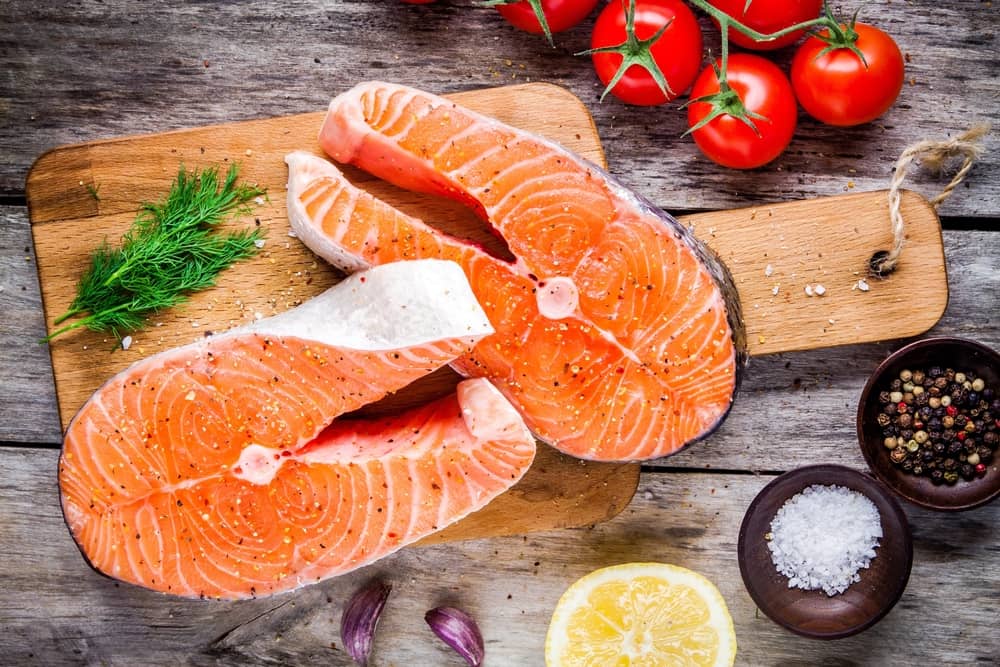
You can eat salmon raw, in the form of sashimi or sushi. You can also steam it, bake it, grill it, poach it, smoke it, or saute it. Toppings like honey glazes can significantly change this fish’s flavor profile, making it even more versatile.

Finally, salmon is a little unusual in that you can put it into cans without losing most of its nutritional benefits. Canned salmon is usually wild, rather than from a fish farm, and offers outstanding nutritional benefits. It’s also quite affordable, making salmon a cost-effective food for many families.
That’s quite a name, isn’t it? Normally, something with “omega,” “fatty,” and “acid” in the name sounds like it would be terrible for our bodies. You almost can’t come up with a more doom-and-gloom name for foods.
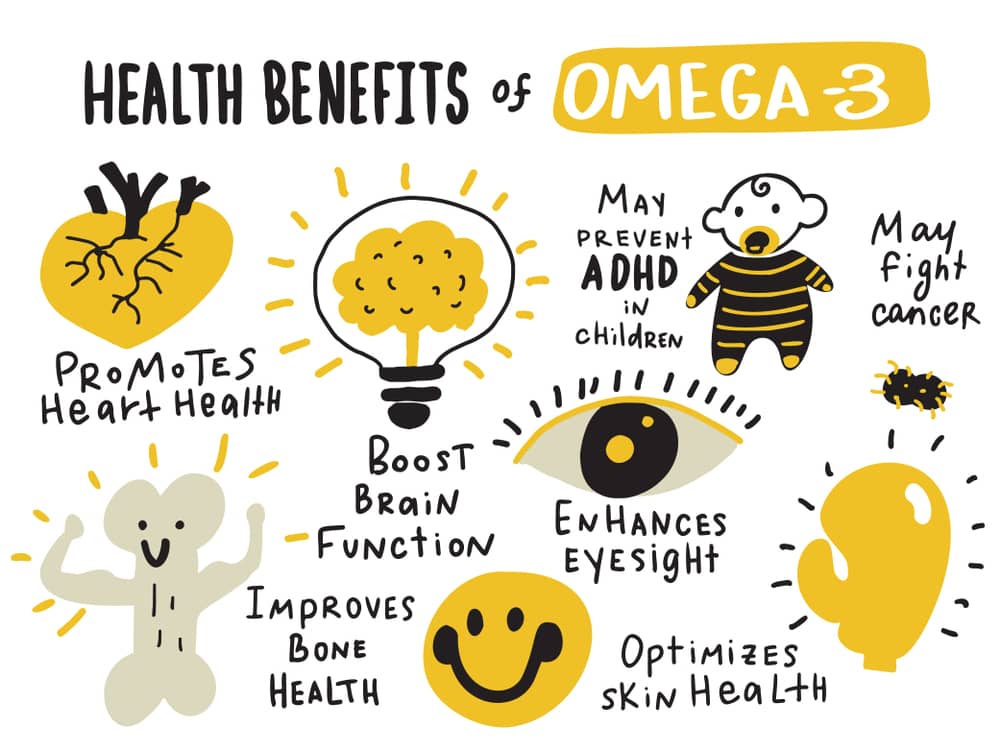
Despite that, omega-3 fatty acids are an essential dietary element that your body can’t create independently. Salmon is incredibly rich in these, which makes it easier to meet daily intake goals. Studies believe that omega-3 fatty acids can lower blood pressure, reduce cancer risks, and even improve the way the cells that line your arteries work.
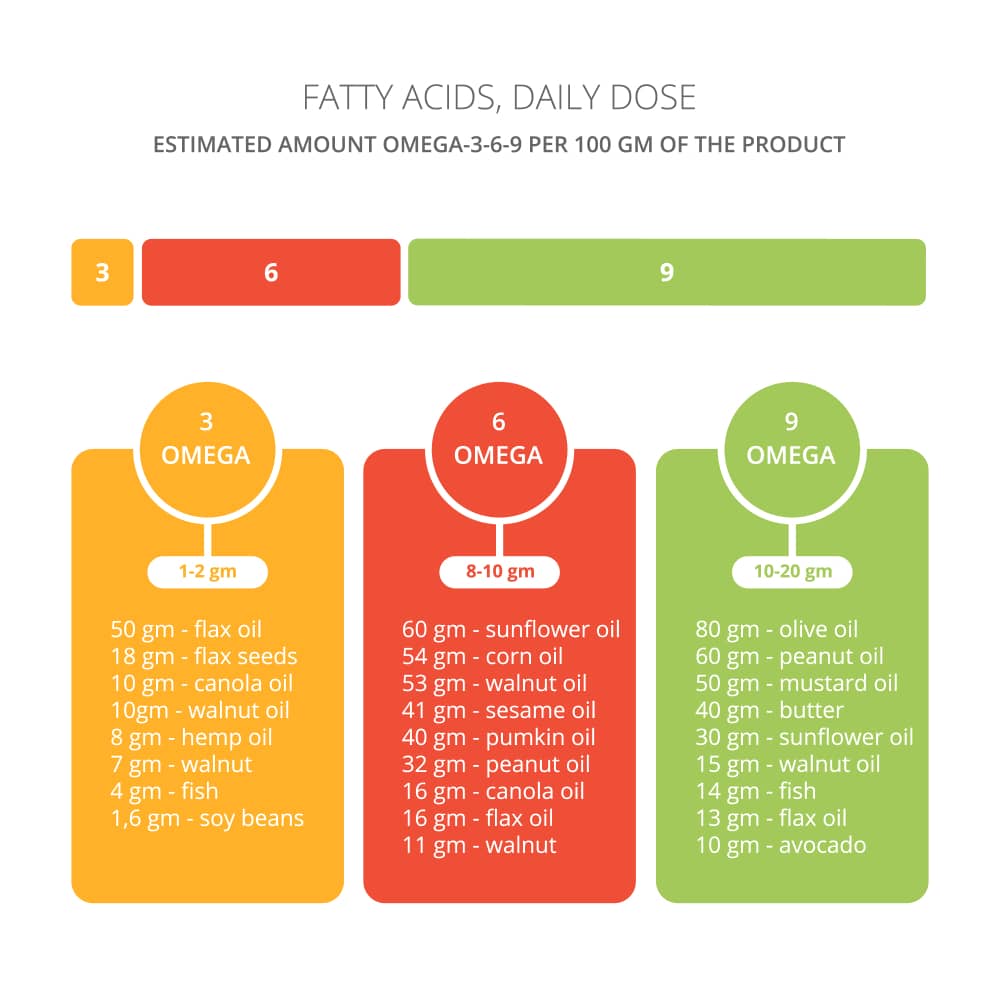
Two servings of salmon per week are enough to meet your intake goals here. We recommend having salmon every three days or so, which allows your body to enjoy steady nutrition instead of the feast/famine cycle that comes from eating a large portion of salmon just once per week.




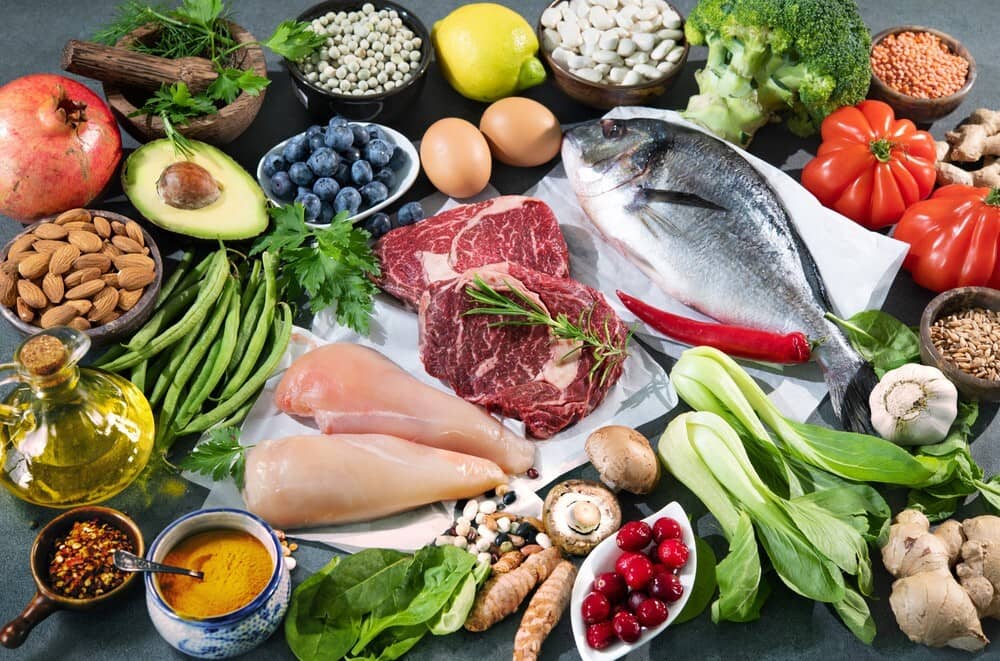
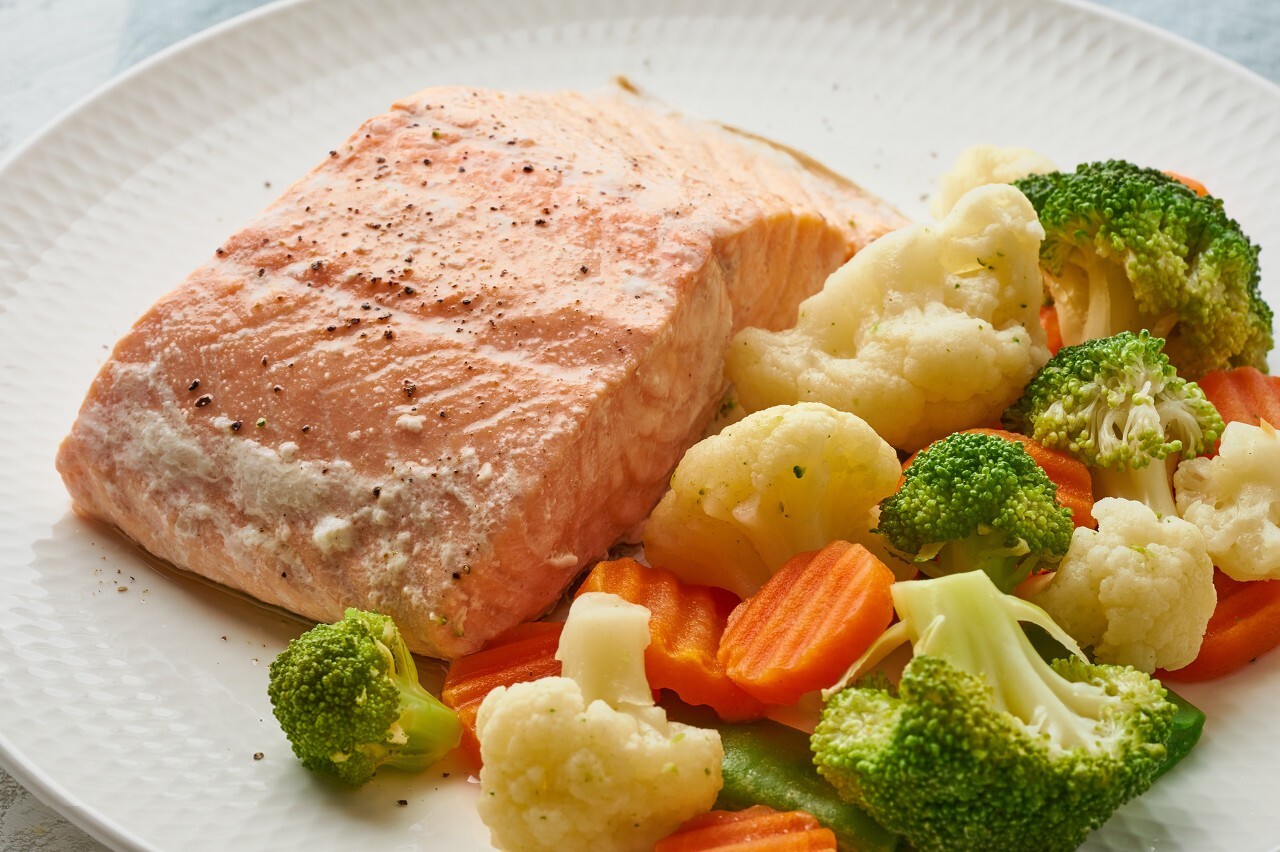




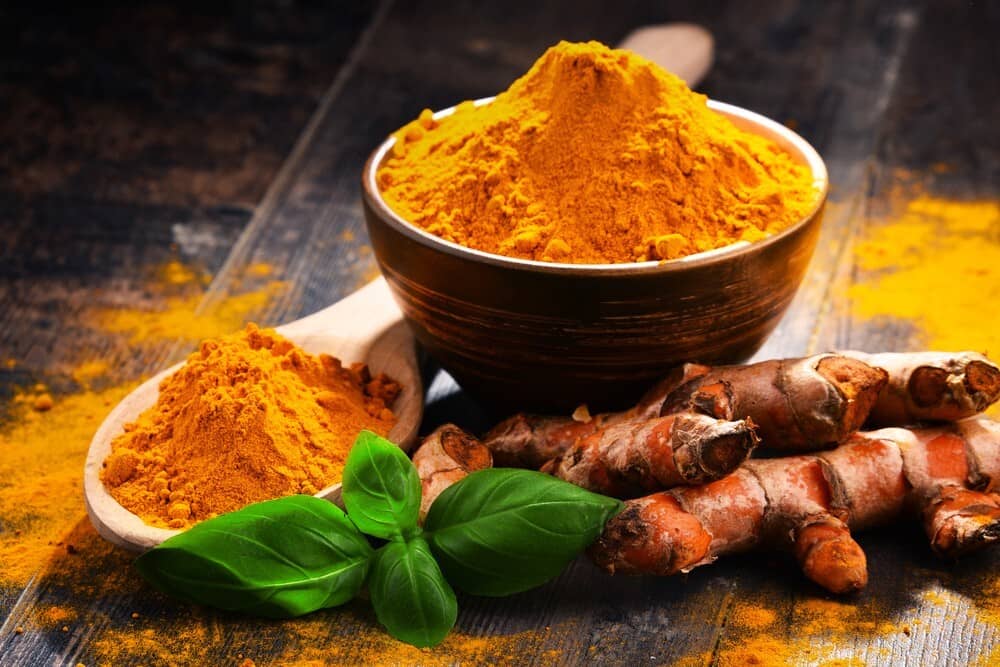
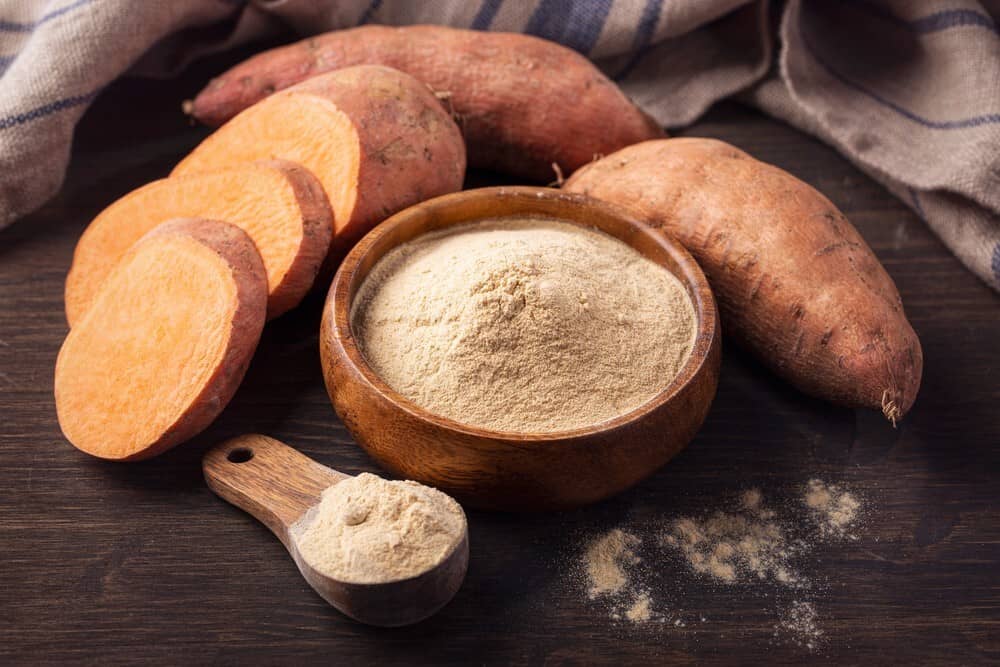
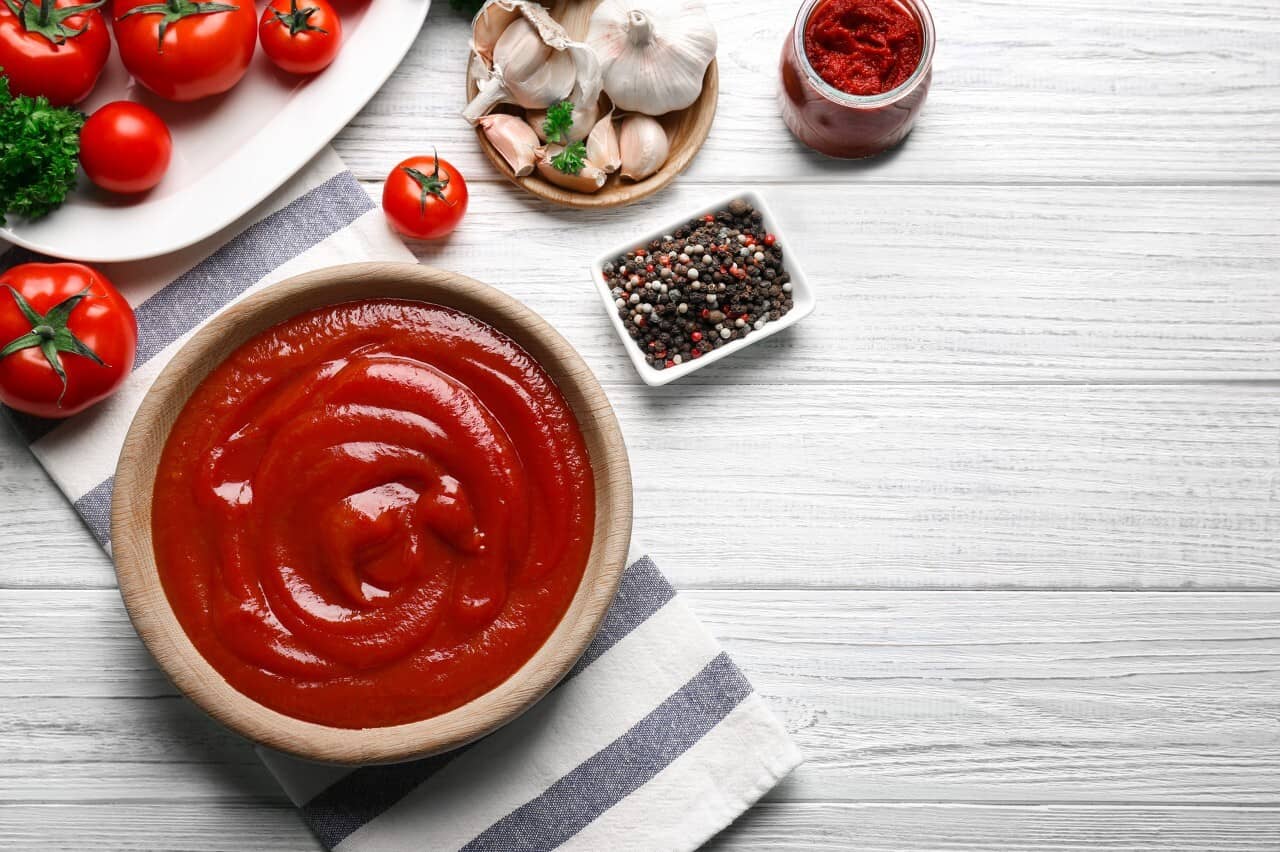
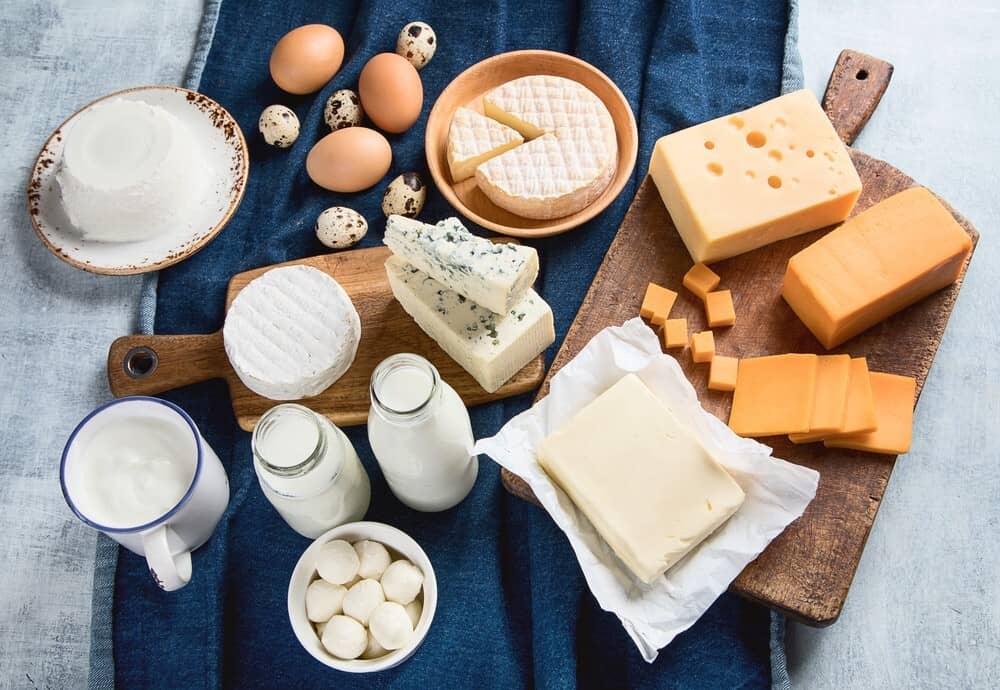










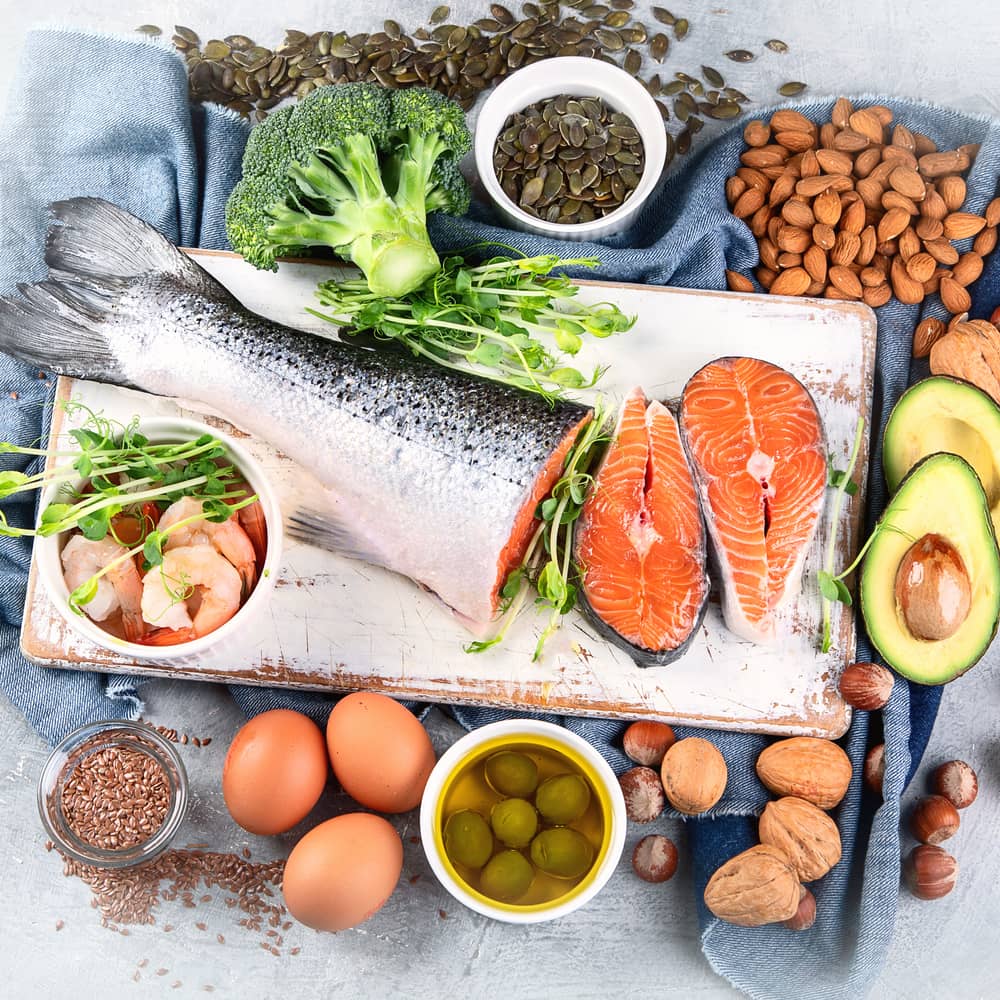
Thank you for making this article. You do an awesome job with your blog. You have a fan in me.
Thanks so much.